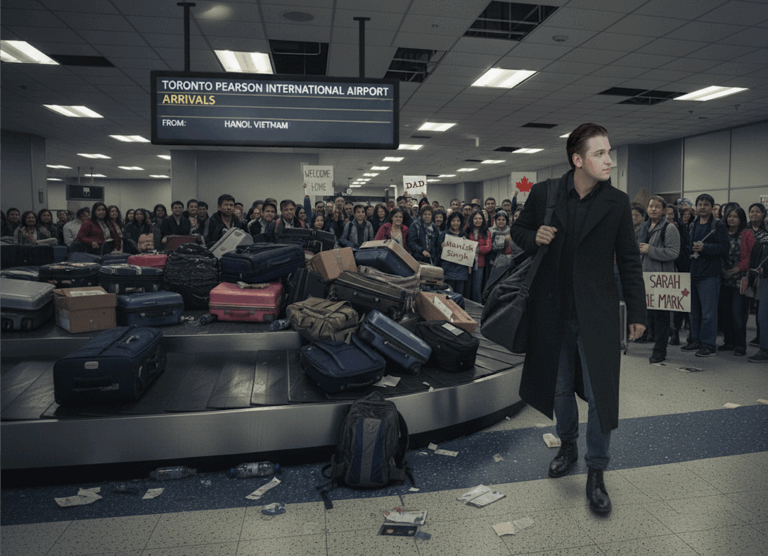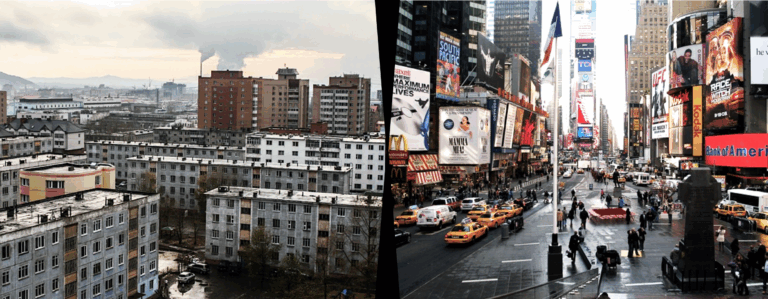In our neighborhood on Vancouver Island, B.C., there are many signs reading “Everyone Deserves a Family Doctor.” The sentiment isn’t surprising or wrong, but it’s based on the fantasy that putting up a sign will somehow create more doctors. The reality is that Canada faces a critical and growing shortage of doctors and there’s no quick solution. Canadians without a family doctor are becoming increasingly concerned, even desperate. Many without one are begging the doctor of a family member or close friend to take them on. Some are even leaving a city or town they love dearly but where they can’t get medical attention, and moving to a place where they have located a willing physician.

It takes at least 10 years to become a general practitioner or family doctor and around 14 years to be certified as a specialist. The journey usually begins with a four-year undergraduate degree in a scientific field before applying to medical school. Getting into medical school is very competitive, so it’s important that the aspirant achieve high grades. Data from the Master Student website shows that the medical school acceptance rate from 13 Canadian universities averaged just 5.5 percent in 2021.
Med school lasts four years. Successful graduates then embark on hospital- or clinic-based residency, which currently takes two years for general practitioners and up to seven years for specialties. Residency is a demanding and sometimes traumatic experience. Residents perform tasks not needing the highest levels of expertise, leaving those to supervising doctors. They often also perform examinations and diagnoses, and recommend treatments, under the supervision of a teaching doctor. Residents can be a patient’s first and most frequent point of contact.

Residents are often required to work a gruelling 70 hours per week and even 100 hours in peak periods, with shift lengths of up to 26 hours. An article entitled “Resident doctors are humans, not heroes” articulates the increasing pushback against those 26-hour shifts. Combining such shifts with a 100-hour workweek is leading to burnout, presenting a health risk to patients and resident doctors alike.
There’s an even more harmful factor, one that residents fear talking about. “Resident physicians are caught in a system that leaves them without several basic labour and employment protections,” the abovementioned article notes. They know their careers are in the hands of the teaching doctors they work under. Metaphorically, they are slaves to those supervising doctors who are inclined to take advantage of them or are themselves too overworked and distracted to realize what they are doing. To extend the metaphor, there are supervising doctors who treat their “slaves” well, and others who don’t. Understandably, the poorly treated ones would never risk their careers by complaining.
I became aware of that issue through a personal experience, after a resident at a Toronto hospital journeyed to Alberta with her fiancé for an important event that my wife and I were also involved in. Her flight back to Toronto would arrive at 4:30 am. Her shift started at 6:00 am, so she planned to go directly from the airport to the hospital. She seemed very worried about the possibility of being late. I was surprised to hear that.
‘When my father was dying, I travelled to visit him. He died the next day and, rather than staying until the funeral, I immediately flew back to complete my 30-day resident rotation. When I returned, my physician supervisor accused me of “coasting” and said he was “going to recommend that I fail”.’
In a normal employer/employee relationship, one would expect that telling your boss that the reason you were late was you flew all night after meeting an important commitment would engender appreciation that you came to work at all. While she was in her room changing out of her evening clothes before catching the flight, I asked her fiancé why being late mattered so much to her. His answer shocked me. He said that being even 10 minutes late would add to the stress of her normal day of routinely disrespectful treatment from her supervising doctor.
I decided to investigate further. One of my friends told me his cardiologist wife experienced similar treatment when she was a resident years ago. “I was doing very well as a cardiology resident, getting top ratings,” she later told me. “When my father was dying, I travelled to visit him. He died the next day and, rather than staying until the funeral, I immediately flew back to complete my 30-day resident rotation. When I returned, my physician supervisor accused me of ‘coasting’ and said he was ‘going to recommend that I fail.’ I was very upset because it was to be my final resident rotation before graduating as a doctor. Thankfully, I was assigned a different physician supervisor and granted a repeat rotation to become a fully qualified cardiologist.”

Last year, 2,900 new doctors graduated in Canada. Given the arduous path they had to follow for that achievement, one wonders why it was even that many. But it is woefully short of the numbers needed.
Canada’s physician shortage is most urgent in primary care, the day-to-day health care that centres on family medicine. And Canadians’ increasing inability to get a family doctor, or to see theirs when they need to, is only going to get worse. One in every six family doctors in Canada are 65 or older and nearing retirement. Moreover, the proportion of new medical graduates choosing family medicine has been decreasing. This is attributed to reports of burnout from spending their days trying to deal with overloaded waiting rooms and their evenings filling out forms required by health care bureaucrats. In addition, authorized billable amounts for many routine consultations and procedures remain low even as all the costs needed to operate a family medicine practice continue to rise.
No wonder only 31 percent of those 2,900 graduating doctors chose family medicine. Given this alarming trend, it’s inexplicable that the College of Family Physicians of Canada wants to increase the two-year residency to three years.
Over 1.5 times the population of Nova Scotia is being added to Canada every single year through immigration programs. Nova Scotia currently has 30 hospitals. Is Canada constructing – and, more important, staffing – 45 new hospitals per year?
Despite the issues I’ve cited, I continue to believe that Canadian-trained doctors are among the best in the world. But the number of new doctors graduating isn’t nearly enough. What can be done? Here are this Engineer’s recommendations:
- The average acceptance rate by university medical schools, as mentioned above, is dismal. If universities could obtain funding for more student positions and then doubled their acceptance rate, far more young Canadians could study to become doctors, without medical schools materially compromising high academic performance;
- Hospitals and teaching clinics should number their residency slots to match the resulting increase in medical school graduates. Since residents perform a vast amount of basic medical care, this should have an almost instant effect on the volume of health care provided, reducing waiting times for primary and acute care;
- Adjust working hours for residents and eliminate the “slave and master” culture. While this might slightly reduce productivity in the short term, it would increase the quality of care and reduce the risks of residents leaving the medical field due to burnout before even becoming certified; and
- Terminate planning to increase family medicine residency from two to three years.

Our broken health care system teeters on the brink of disintegration, while high immigration rates relentlessly expand the patient base. Remember, the Justin Trudeau government is planning to increase annual immigration to 500,000 per year. It also issued over 550,000 new student visas last year, plus over 600,000 work permits for temporary foreign and “international mobility” workers in 2022. These numbers amount to over 1.5 times the population of Nova Scotia being added to Canada every single year. Nova Scotia currently has 30 hospitals. Is Canada constructing – and, more important, staffing – 45 new hospitals per year? To ask this question is to answer it.
Meanwhile, many Canadian doctors are retiring. Yet both the medical student acceptance rates and the unnecessarily fraught path to becoming a doctor remain stuck in neutral. This simply must change, or more Canadians in need of health care will die needlessly.
Gwyn Morgan is a retired business leader who was a director of five global corporations.
Source of main image: Drian Lam, Times Colonist, retrieved from Vancouver is Awesome.






